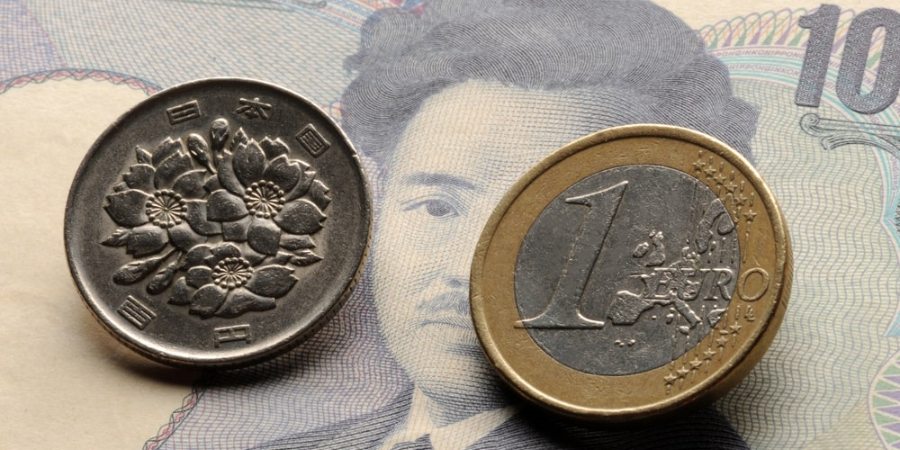AUD/JPY climbs to 94.35-94.40 resistance zone; upside potential seems limited

AUD/JPY regains some positive traction following the previous day’s modest decline.
A weaker USD benefits the AUD, while reduced BoJ rate cut bets weigh on the JPY.
The divergent BoJ-RBA policy expectations warrant some caution for bullish traders.
The AUD/JPY cross is building on the overnight bounce from the 93.80 area and gaining some positive traction during the Asian session on Friday. Spot prices, however, remain confined within a multi-day-old range amid mixed fundamental cues and currently trade around the 94.35-94.40 horizontal resistance, up less than 0.10% for the day.
The Australian Dollar (AUD) benefits from a weaker US Dollar (USD) and draws additional support after the People’s Bank of China (PBOC) decided to leave its Loan Prime Rates (LPRs) unchanged. The Japanese Yen (JPY), on the other hand, struggles to attract any meaningful buyers despite hawkish expectations from the Bank of Japan (BoJ) and serves as a tailwind for the AUD/JPY cross.
Data released earlier today showed that Japan's annual National Consumer Price Index (CPI) remained well above the BoJ's 2% target in May. This reaffirms market bets that the central bank will hike interest rates again. Apart from this, persistent trade-related uncertainties, along with rising geopolitical tensions in the Middle East, lend some support to the safe-haven JPY.
In contrast, Thursday's disappointing Australian employment details pointed to signs of weakness in the labour market and backed the case for the next interest rate cut by the Reserve Bank of Australia (RBA) in July. This could hold back traders from placing aggressive bullish bets around the AUD and keep a lid on any further appreciating move for the AUD/JPY cross.
* The content presented above, whether from a third party or not, is considered as general advice only. This article should not be construed as containing investment advice, investment recommendations, an offer of or solicitation for any transactions in financial instruments.

